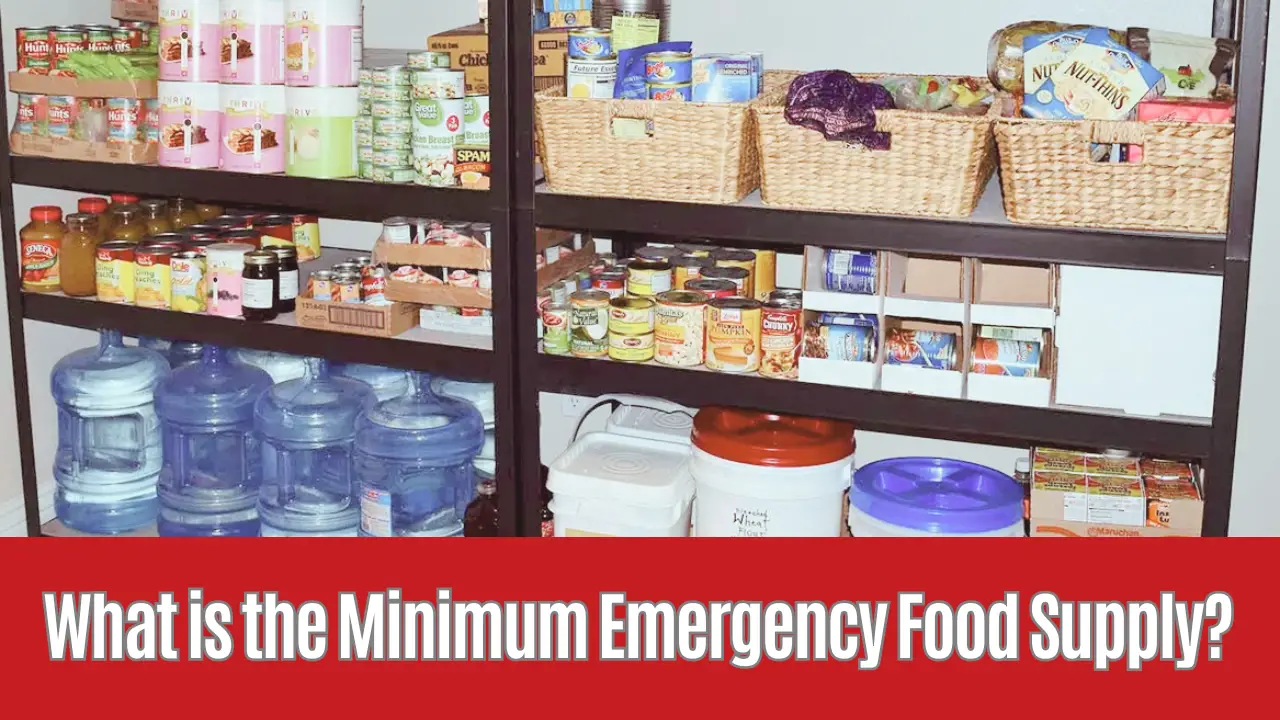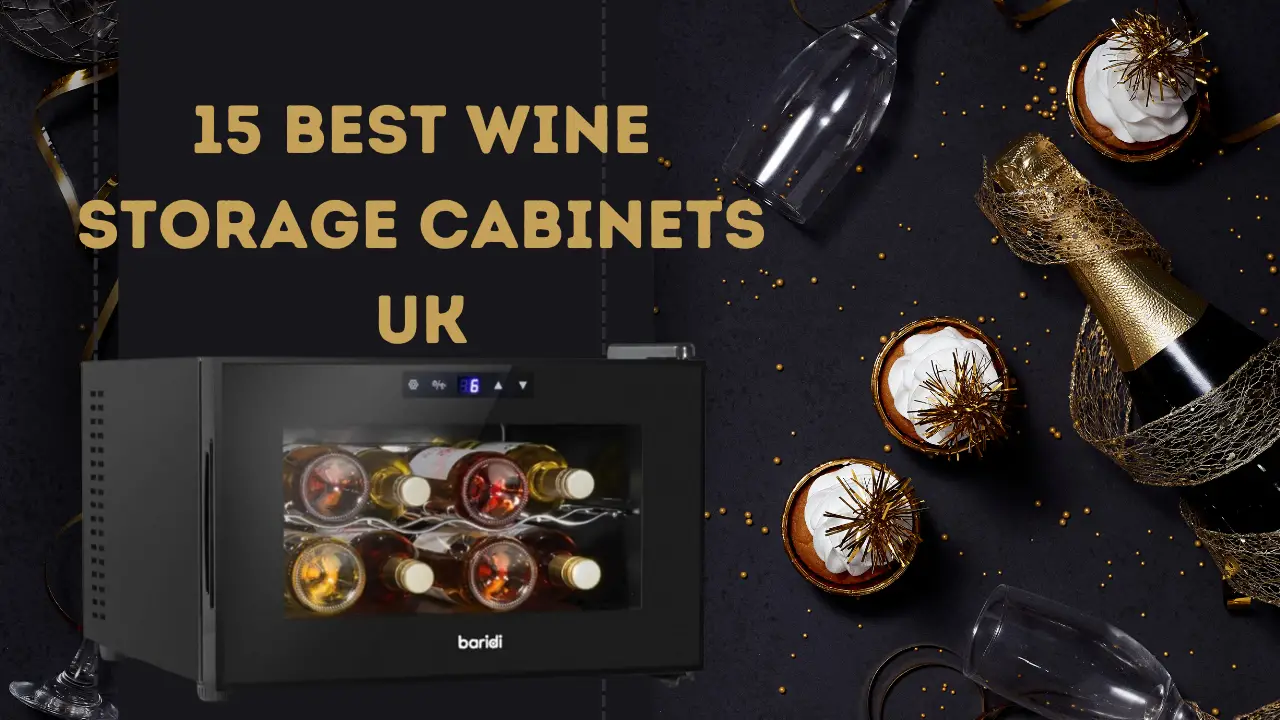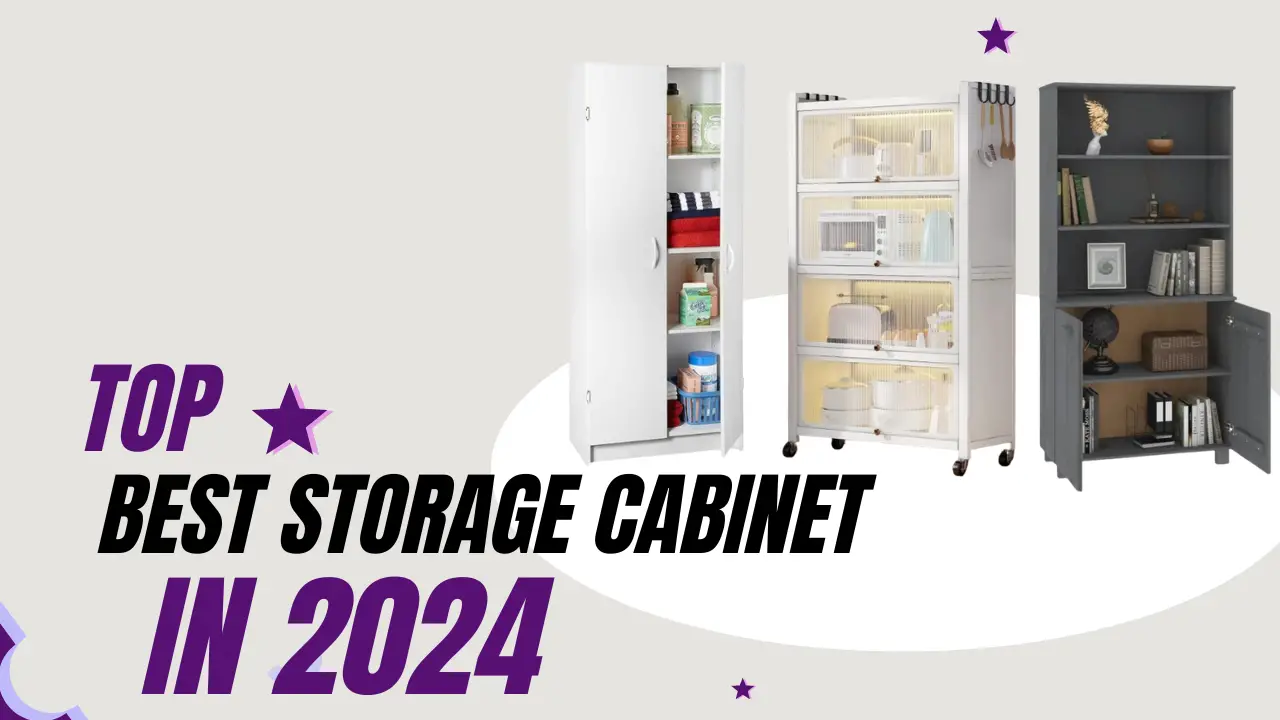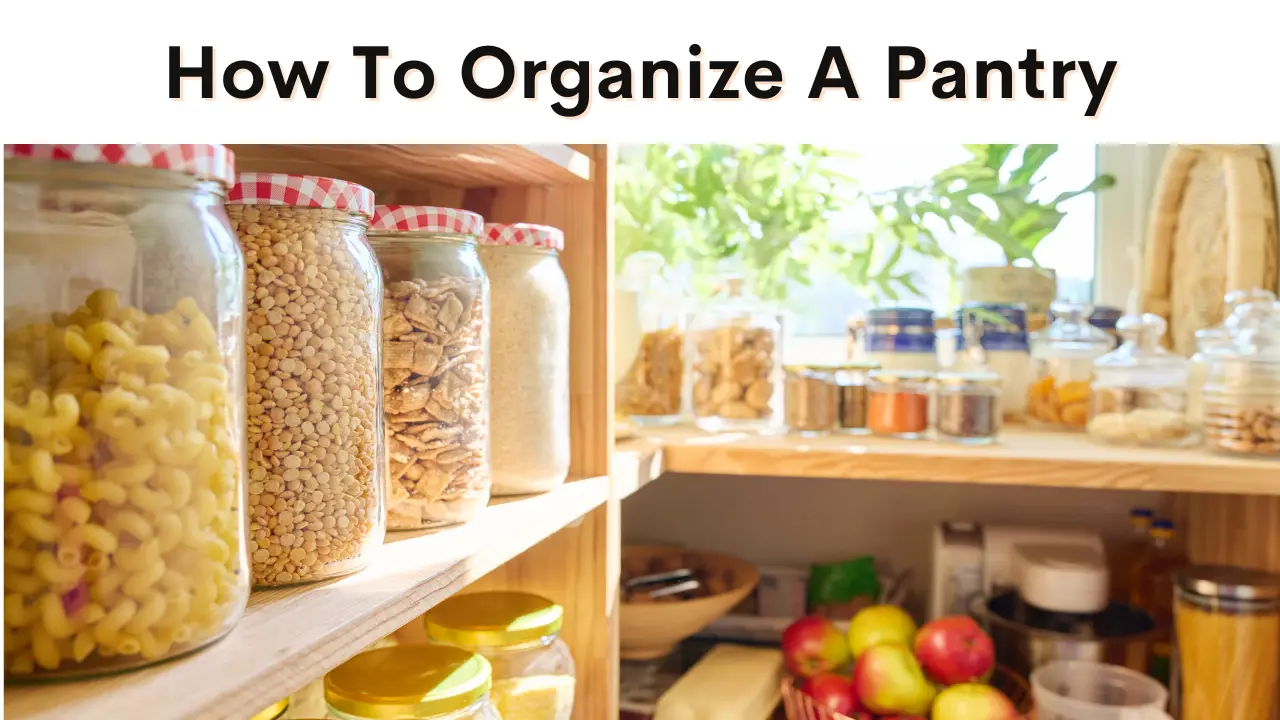Are you unsure whether your pantry should be cold or not? In this article, we will explore the pros and cons of having a cold pantry and discuss alternative storage methods for perishable items.
It’s important to find the right balance when it comes to pantry temperature, as some items benefit from being stored at cooler temperatures while others are best kept at room temperature. By the end of this article, you will have a better understanding of whether a cold pantry is the right choice for you. But first, should a pantry be cold?
When it comes to having a cold pantry, there are some definite advantages. Cold temperatures can help extend the shelf life of certain perishable items, such as fresh fruits and vegetables, dairy products, and meats. This can be particularly beneficial if you like to stock up on these items or if you live in a warmer climate where food tends to spoil more quickly.
Additionally, a cold pantry can provide a refreshing escape from the heat and can help preserve the quality of certain foods, keeping them fresher for longer. However, there are also some downsides to consider, such as the increased energy consumption and the potential for freezing certain items.
In the next sections, we will delve deeper into these pros and cons, as well as explore alternative storage options and room-temperature pantry choices. So, let’s get started!
Pros of Having a Cold Pantry
You might think that having a cold pantry is unnecessary, but let me tell you, it can have numerous benefits.
One of the main advantages of a cold pantry is that it helps to extend the shelf life of perishable items. By keeping your pantry cool, you can prevent the growth of bacteria and slow down the spoilage process. This means that your fruits, vegetables, and other fresh produce will stay fresh for a longer time, reducing waste and saving you money.
Another benefit of a cold pantry is that it can improve the preservation and flavor of certain foods. Many pantry staples, such as nuts, oils, and spices, are sensitive to heat and can go rancid if not stored properly. By keeping these items in a cool environment, you can maintain their freshness and prevent them from becoming stale or losing their flavor.
Additionally, a cold pantry can also be a great place to store items like chocolate or wine, which can be negatively affected by warm temperatures.
Having a cold pantry can provide numerous benefits and advantages. It can help extend the shelf life of perishable items, reduce waste, and save you money. Furthermore, it can preserve the quality and flavor of certain foods, ensuring that they stay fresh and tasty for longer.
So, if you’re considering whether or not to have a cold pantry, I would highly recommend it for the many benefits it can bring to your kitchen.
Cons of Having a Cold Pantry
One downside of a chilly pantry is the potential for food to spoil faster. When the temperature is too cold, certain types of food, like fruits and vegetables, can become damaged or lose their quality more quickly. This is because low temperatures can cause the cells in these foods to freeze, leading to a change in texture and flavor.
Additionally, some foods may not fare well in cold temperatures at all, such as potatoes, onions, and garlic, which can develop a sweet taste or become soft when stored in a cold pantry. So, if you prioritize food preservation and want to avoid unnecessary waste, it might be worth considering the impact of a cold pantry on the longevity and quality of your groceries.
Another aspect to consider when deciding whether to have a cold pantry is energy consumption. Maintaining a chilly environment requires energy to power the cooling system, which can contribute to higher electricity bills. If energy efficiency is a concern for you, then having a cold pantry may not be the most sustainable option.
It’s important to weigh the benefits of a cold pantry, such as extended shelf life for some items, against the potential increase in energy consumption and associated costs. Finding a balance between food preservation and energy efficiency is key when making decisions about the temperature of your pantry.
Alternative Storage Methods for Perishable Items
Looking for creative ways to keep your perishable items fresh for longer? Consider trying out alternative storage methods that can help maximize the longevity and quality of your groceries. Instead of relying solely on a cold pantry, there are several refrigeration alternatives and food preservation techniques that you can explore.
- Vacuum sealing: By removing the air from the packaging, vacuum sealing helps to prevent spoilage and freezer burn. This method is particularly effective for storing meats, fruits, and vegetables.
- Canning: Canning involves sealing food in jars or cans and then heating them to kill any bacteria or microorganisms. This technique allows you to preserve a wide variety of perishable items, including soups, sauces, and pickled vegetables.
- Dehydration: Removing the moisture from food can significantly increase its shelf life. You can use a food dehydrator or even an oven set on low heat to dehydrate fruits, vegetables, and herbs. The dehydrated items can be stored in airtight containers for an extended period.
- Fermentation: Fermenting foods not only extends their shelf life but also enhances their flavor and nutritional value. Sauerkraut, kimchi, and pickles are popular fermented foods that can be easily made at home.
By exploring these refrigeration alternatives and food preservation techniques, you can ensure that your perishable items stay fresh and flavorful for longer, even without a cold pantry.
Room Temperature Pantry Options
Explore the wide array of options available for storing your perishable items at room temperature, and discover creative ways to keep your groceries fresh and delicious. When it comes to room-temperature pantry options, there are several benefits to dry storage. Dry storage helps to preserve the quality and flavor of various pantry essentials, ensuring they last longer. From grains and legumes to spices and herbs, these shelf-stable items can be conveniently stored in your pantry without the need for refrigeration.
To give you an idea of the variety of room-temperature pantry options available, here is a table showcasing some common shelf-stable pantry essentials:
| Pantry Essential | Benefits |
|---|---|
| Rice | Long shelf life, versatile ingredient for many dishes |
| Pasta | Quick and easy to cook, wide range of shapes and flavors |
| Canned tomatoes | Perfect for sauces, soups, and stews |
| Dried herbs and spices | Enhance the flavor of your dishes |
| Canned beans | Excellent source of protein, ready to use in various recipes |
| Nut butters | High in protein and healthy fats, it is great for spreads and baking |
By incorporating these pantry essentials into your room-temperature storage, you can create a well-stocked pantry that provides you with a variety of options for delicious meals. So, embrace the benefits of dry storage and explore the world of shelf-stable pantry items to elevate your culinary experience.
Finding the Right Balance
To strike the perfect balance in your pantry, you’ll want to consider the ideal combination of shelf-stable items and refrigerated goods. Finding the right temperature is crucial to preserving food freshness.
While some pantry staples, like canned goods, dry pasta, and grains, can thrive at room temperature, others, like certain fruits, vegetables, and dairy products, need to be refrigerated to maintain their quality and extend their shelf life.
When finding the right temperature for your pantry, it’s important to keep in mind that some items can be stored at slightly cooler temperatures without the need for refrigeration. For example, nuts, seeds, and oils tend to last longer when kept in a cool and dark environment. However, it’s essential to strike a balance and avoid excessively cold temperatures, as they can negatively impact the texture and taste of certain foods.
By organizing your pantry and separating items that require refrigeration from those that don’t, you can ensure that your food stays fresh and safe to consume for a longer period. Remember to regularly check the expiration dates and rotate your stock to maintain optimal freshness.
How cold should a pantry be?
The ideal temperature for a pantry generally falls within the range of 50°F to 70°F (10°C to 21°C). This temperature range helps to maintain the quality and safety of various pantry items, including dry goods, canned goods, and certain perishables. Storing food within this temperature range helps prevent the growth of bacteria and slows down the oxidation process, preserving the freshness and flavor of the items.
Example: For instance, storing potatoes in a pantry at temperatures above 70°F (21°C) can lead to the conversion of their starches into sugars, affecting their taste and texture.
What temperature should a pantry be?
As mentioned, the recommended temperature for a pantry is between 50°F and 70°F (10°C to 21°C). This range ensures that the pantry is cool enough to slow down the spoilage of perishable items without being too cold, which could affect the quality of certain products.
Example: Canned goods, such as soups and sauces, maintain their best quality when stored at a consistent temperature within the recommended range, preventing changes in flavor and texture.
What is a cold pantry?
A cold pantry is a storage space designed to maintain a cooler temperature than room temperature, typically between 50°F to 60°F (10°C to 15°C). It is ideal for storing items that benefit from a cooler environment, such as root vegetables, fruits, and some types of condiments. Cold pantries are often used to extend the shelf life of certain foods and to provide a suitable environment for items that don’t require refrigeration but benefit from being kept cool.
Example: A cold pantry can be used to store onions and garlic, preventing them from sprouting or becoming soft due to higher temperatures.
How to make a pantry cold?
Creating a cold pantry involves regulating the temperature and improving ventilation. Some steps to achieve this include:
- Ventilation: Ensure proper airflow within the pantry by using fans or keeping doors slightly ajar. This prevents the accumulation of heat.
- Insulation: Insulate the pantry to maintain a more stable temperature. Use weather stripping to seal any gaps and prevent warm air from entering.
- Temperature Control Devices: Consider using temperature control devices, such as a small air conditioning unit or a temperature-controlled fan, to maintain the desired temperature.
- Location: Choose a pantry location that naturally stays cooler, such as one on the north side of the house or in a basement.
Example: Installing a small air conditioning unit in a well-ventilated pantry can help regulate the temperature and keep it within the recommended range.
Is a pantry necessary?
While not strictly necessary, a pantry can be highly beneficial for organizing and storing various food items. It provides a dedicated space for dry goods, canned goods, and other non-perishable items, helping to keep the kitchen clutter-free. A pantry also allows for better inventory management, making it easier to track food supplies and reduce waste. Additionally, a well-organized pantry can contribute to a more efficient and enjoyable cooking experience.
Example: Without a pantry, kitchen shelves may become overcrowded and disorganized, making it challenging to find specific items and leading to a higher likelihood of food waste as items get lost or forgotten.
Conclusion
In conclusion, should a pantry be cold? Whether or not a pantry should be cold ultimately depends on personal preference and the types of items being stored. There are pros and cons to having a cold pantry, with the main advantage being the ability to extend the shelf life of perishable items. However, it’s important to note that not all items benefit from being stored in a cold environment, and some may even be damaged by the cold temperatures.
If you decide against a cold pantry, there are alternative storage methods available for perishable items, such as using a refrigerator or freezer for items that need to be kept cold. Additionally, there are room-temperature pantry options that can still help maintain the freshness of non-perishable items.
It is crucial to find the right balance that works for you and your household, ensuring that your pantry is organized and your items are stored in the most appropriate conditions. So, whether you choose a cold pantry or opt for other storage solutions, the key is to maintain the quality and longevity of your pantry items.










